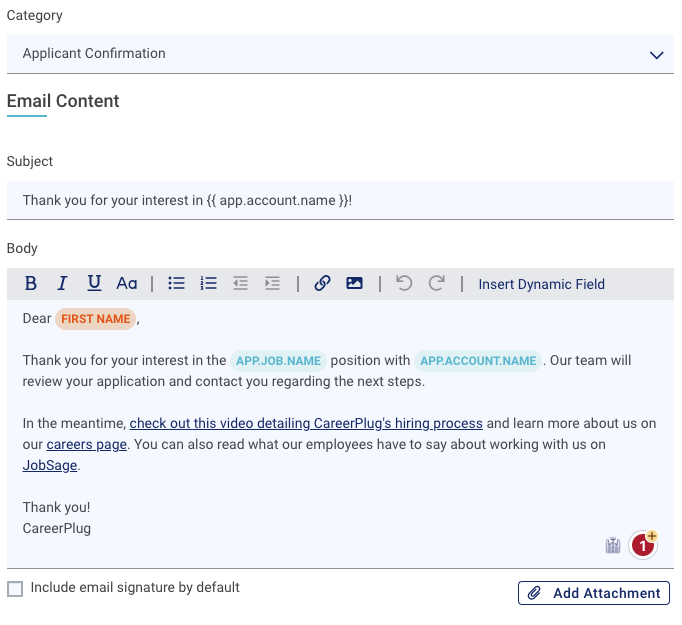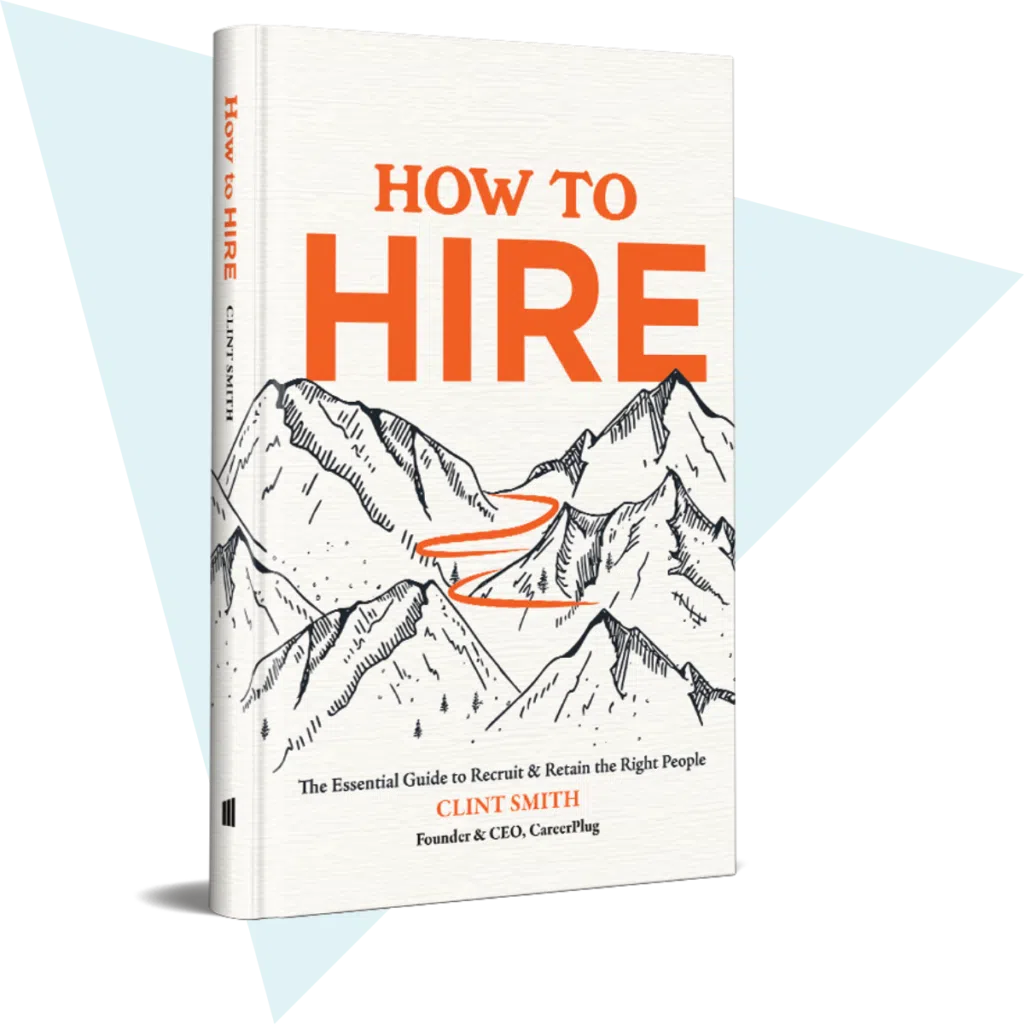Note: The following is an excerpt from How to Hire, the new book by CareerPlug CEO, Clint Smith.
Interviews, Not Applicants
Sometimes clients come to us saying they have an applicant problem. They think that increasing the number of qualified applicants they get will solve the problem. Having more qualified applicants coming in always helps, but it’s often not the root of the issue.
Here’s the reality: Most companies stink at converting their applicants to interviews.
When I take a look at a client’s applicant pool, I usually see some qualified candidates there. But then I see that it took the client over a week to contact them about next steps. And often that came in the form of a generic email.
They think they have an applicant problem. But they really have an interview problem. An interview conversion problem to be more precise.
Let’s say that you need to interview three candidates to make the right hire. You could get there by receiving five qualified applicants and converting 60% of them to interviews. Or you could find a way to get 20 qualified applicants and convert 15% of them to interviews.
These two scenarios produced the same outcome (three interviews), but one got there much more efficiently. And you may not have the luxury of being able to attract 20 qualified applicants for your position—at least not without having to spend a bunch of money to advertise it.
Here’s the good news: There’s a straightforward way to improve your interview conversion rate. It just takes a little more planning and a lot more urgency.
You cannot have a successful interview unless you get it scheduled. Don’t take this for granted. In a competitive job market, qualified applicants do not last long (just like good sales leads).
Here’s how the best recruiters beat the competition and convert qualified applicants into interviews.
How to schedule job interviews
1. Personalize it
Show the candidate that you are excited to speak with them, and try to make the message as personalized as possible. One little note about their most recent job or where they went to school can go a long way in creating a connection (and getting an enthusiastic response from them).
You can also personalize it by making it stand out from the other messages they receive. Every applicant who applies for a position at CareerPlug gets to watch a video from Natalie, our People leader, introducing herself and our company. She spends a minute talking about our hiring process and what to expect. Candidates have told us that they love this! It’s a little thing, but it goes a long way to create a connection with candidates.
Editor’s Note: If you’re a CareerPlug client, you can personalize an automated reply to applicants in your system settings. For example, when an applicant applies to one of our jobs, we automatically send them a message that looks like this:

2. Send a text
Don’t rely on email to get the job done. Most people don’t check their email regularly, and it will end up in a pile with a bunch of unimportant emails. Text messaging has become the most effective channel for candidate communication, particularly for entry-level and hourly roles.
If you are looking for a quick response, nothing beats a text message. Don’t want to text from your personal cell phone? You can use an applicant tracking system, like CareerPlug, to send texts directly to candidates.
Texting candidates is not appropriate for all roles and situations. It’s important to consider your audience and the type of message that you need to communicate. Sometimes it makes more sense to email or call a candidate.
3. Make it easy
If you know that you want to interview someone, make it as easy as possible to schedule it. The best recruiters share their availability with candidates upfront and allow them to book the time that works best for them (without any of the typical back and forth coordination). This could be as simple as including some time slots in your message or using automated interview scheduling software to display your availability, and let candidates book interviews on their own.
4. Be first
Be decisive and take action quickly. Some clients say that the shelf life of a good applicant in their field is 48 hours—meaning if you have not spoken with them by that time, you probably never will. At CareerPlug, we recommend contacting candidates within 24 hours, scheduling your interview within 48, and hiring within 5 days.
Many job seekers will take the first job they are offered, so you really don’t have time to wait — even if your job opportunity would be perfect for them.
Al Ries and Jack Trout put it best in The 22 Immutable Laws of Marketing: “It’s better to be first than it is to be better.” If you don’t think that you can get back to candidates quickly enough, consider automating the initial contact. While an automated text/email message won’t give you the same personalized touch, it could be the difference between you scheduling an interview (or not).
Learn more about how to automate your interview scheduling with CareerPlug in the video below.
About the Author: Clint Smith is the founder and CEO of CareerPlug, hiring software that powers the growth for over 16,000 companies. Clint resides in Austin, Texas, with his wife, Sarah, and their family.

Get Your Free Copy of How to Hire
How to Hire is the essential playbook for optimizing one of the most essential business functions: attracting and hiring the right people for your team.
DOWNLOAD THE E-BOOK
